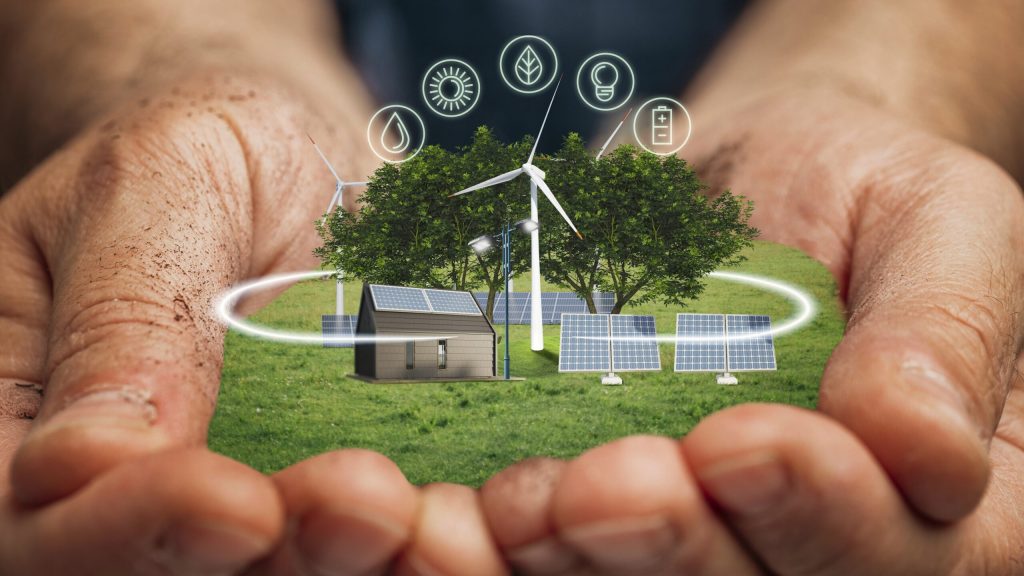With the introduction of mandated environmental standards and Australia’s first comprehensive sustainable procurement policy, government contracting is changing in a number of industries. Beginning in July 2024, Commonwealth institutions are required to prioritize circular economy concepts and recycled material in their procurement decisions under the Environmental Sustainable Procurement Policy.
This change in regulations positions public purchasing as a strategic tool for environmental transformation, impacting billions of dollars in government procurement each year. By incorporating environmental outcomes into value-for-money evaluations, the policy marks a significant shift from conventional cost-focused procurement.
Phased Implementation Strategy Targets High-Impact Sectors
The two-phase rollout strategy used in the new framework is intended to maximize environmental impact while permitting industrial adaptation. For construction services costing $7.5 million or more, phase one has been in effect since July 1, 2024. Although it only accounts for about 2% of construction contracts by volume, this threshold accounts for about 50% of the sector’s overall procurement value.
Construction services were given priority because of their significant environmental impact, they contribute almost 18% of Australia’s carbon emissions. Additionally, the industry has functioning supply chains for recycled materials and well-established frameworks for measuring sustainability, which makes the implementation of policies easier.
Phase two standards will be expanded to include ICT goods, textiles, and furniture, fittings, and equipment valued at $1 million or more, starting on July 1, 2025. The policy’s scope is greatly increased by this expansion, which will have an impact on suppliers of office equipment, textiles, and technology throughout the Commonwealth procurement environment.
Careful evaluation of market capacity and industrial readiness is reflected in the phased approach. Every targeted industry exhibits current sustainable product availability and verification systems, guaranteeing government suppliers practical compliance routes.
Across the impacted sectors, industry adaptation has started. In order to comply with new government regulations, Complete Wholesale Suppliers, like many other well-known distributors, has begun to assess its product ranges. This aggressive strategy indicates a wider industry understanding that sustainability requirements will probably extend beyond public procurement.
Compliance Framework Establishes Measurable Environmental Outcomes
The Supplier Environmental Sustainability Plan (SESP) is at the center of the strict compliance procedures that the policy introduces. In order to comply with this necessary documentation, contractors must show specific environmental achievements in three main areas: environmental protection, circular economy implementation, and climate sustainability.
Throughout project lifecycles, reducing greenhouse gas emissions is the main goal of climate sustainability criteria. In addition to committing to quantifiable goals validated by established assessment systems, contractors must offer comprehensive emissions reduction solutions.
Provisions of the circular economy require waste reduction, recycling, and maximal resource usage. Australia’s Circular Economy Framework, which aims to double the country’s circularity rate from 4.3% to 8.6% by 2035, is in line with these standards.
Environmental protection criteria minimize ecological impact while ensuring that processes and products meet safety standards. Environmental product declarations, authorized measuring procedures, and independent certification programs are used for verification.
Legally binding contract provisions that uphold sustainability pledges during project completion are established by the policy. This accountability system imposes continuous monitoring and compliance requirements on government contractors, going beyond the initial bidding procedures.
Market Change and Its Effects on the Supply Chain
Beyond direct government contracting, the new structure is causing major market changes, according to early implementation data. By implementing these enhancements throughout their whole operations, suppliers who are building sustainable capabilities for government requirements frequently contribute to a more comprehensive industry change.
Mandates for recycled content in the policy are especially beneficial to Australia’s domestic recycling sector. These days, government contracts specifically give preference to recycled materials, creating steady demand that encourages investment in regional processing and recycling infrastructure.
Current market conditions highlight substantial improvement opportunities. The country’s circularity rate of 4.3% is still lower than the global average of 6.9%, according to data from the Australian Bureau of Statistics. Waste recovery rates are still below the government’s 80 percent objective by 2030, although improving from 61 percent in 2016–17 to 66 percent in 2022–23.
With a material footprint of 31.1 tons per person, Australia has a far larger material footprint than the rest of the world, suggesting that there is a lot of room to adopt the circular economy. The sustainable procurement policy addresses this challenge by creating market incentives for resource efficiency and waste reduction.
Key Implementation Requirements:
- All eligible contractors are required to submit thorough environmental sustainability plans as part of the sustainability requirement.
- Verification procedures: impartial evaluation of environmental statements using established certification programs
- Contract integration: Included in all pertinent government contracts are legally binding sustainability provisions.
- Monitoring progress: Continuous evaluation of environmental effects during project completion
Economic Analysis Reveals Substantial Benefits
According to CSIRO’s economic modeling, Australia could achieve its circular economy goals and reduce greenhouse gas emissions by 14% while increasing GDP by $26 billion annually. These forecasts are based on the assumption that the circular economy will be widely adopted and applied in the business sector in addition to government procurement.
The approach has a greater economic impact because it focuses on high-value contracts. Despite having a very minor numerical impact on contracts, the emphasis on high-value projects generates important market signals that impact supplier behavior and investment choices.
Based on the environmental impact of the construction industry, government building projects offer significant leverage for reducing emissions. The policy’s demands for waste reduction and recycled content directly target the main causes of environmental impact in this vital sector.
Addressing Implementation Challenges and Resource Requirements
Across all impacted industries, capacity and resource restrictions must be addressed for implementation to be successful. The knowledge and funding required for thorough sustainability planning and certification procedures are sometimes lacking among smaller providers.
The Commonwealth Sustainable Procurement Advocacy and Resource Center offers crucial assistance in the form of training courses and advisory documents. Suppliers can use these tools to better understand policy requirements and create compliance plans that complement their operational skills.
Additional obstacles prevent regional vendors from obtaining verified sustainable materials and verification services. When implementing policies, regional limitations must be taken into account and solutions that provide fair participation possibilities for a range of market participants must be developed.
In order to allocate resources for sustainability projects, environmental goals and realistic business operations must be carefully balanced. Companies are spending money on supply chain changes, certification programs, and employee training in order to comply with government regulations while preserving operational effectiveness.
Practical Recommendations:
- Examine the sustainability credentials and certification status of present suppliers in order to evaluate current supply chains.
- Make training an investment to build internal knowledge of environmental assessment and sustainability planning.
- Create industry networks by getting in touch with companies that are dealing with comparable regulatory constraints.
- Track policy developments to stay up to date on sector-specific guidelines and growing requirements.
Organisations that provide professional services are building specialized skills to help companies navigate the regulatory environment. This covers supply chain optimization tactics, certification advice, and consulting services for sustainability planning.
Industry associations and specialized consultants offer comprehensive resources for companies looking for help on sustainability compliance. Through their specialised resources platform, Complete Wholesale Suppliers keeps up-to-date information on industry best practices and sustainable buying regulations.
Future Policy Evolution and Market Expectations
Australia’s Environmental Sustainable Procurement Policy, which reflects the government’s larger goals for a circular economy, establishes a standard for regulatory extension. Since state and territory governments are actively evaluating federal results for possible replication, future policy advances might include lower valuation requirements and wider industry coverage. International influences also point to a continuing trend toward required sustainability in public procurement, such as the EU’s Ecodesign for Sustainable Products Regulation.
Instead of being solely cost-driven, this shift reframes government purchasing as an instrument for market transformation. Businesses with high sustainability credentials may earn long-term competitive benefits as environmental performance becomes more and more important to both public and private buyers.

Oliver Smith is an experienced blogger at Grammar Globe, Oliver Smith, an expert in English grammar and a master of wit, brings language to life with his playful take on puns. Through his works, he weaves humor into the rules of grammar, making learning fun and engaging for readers of all ages. Discover language with a smile!”






